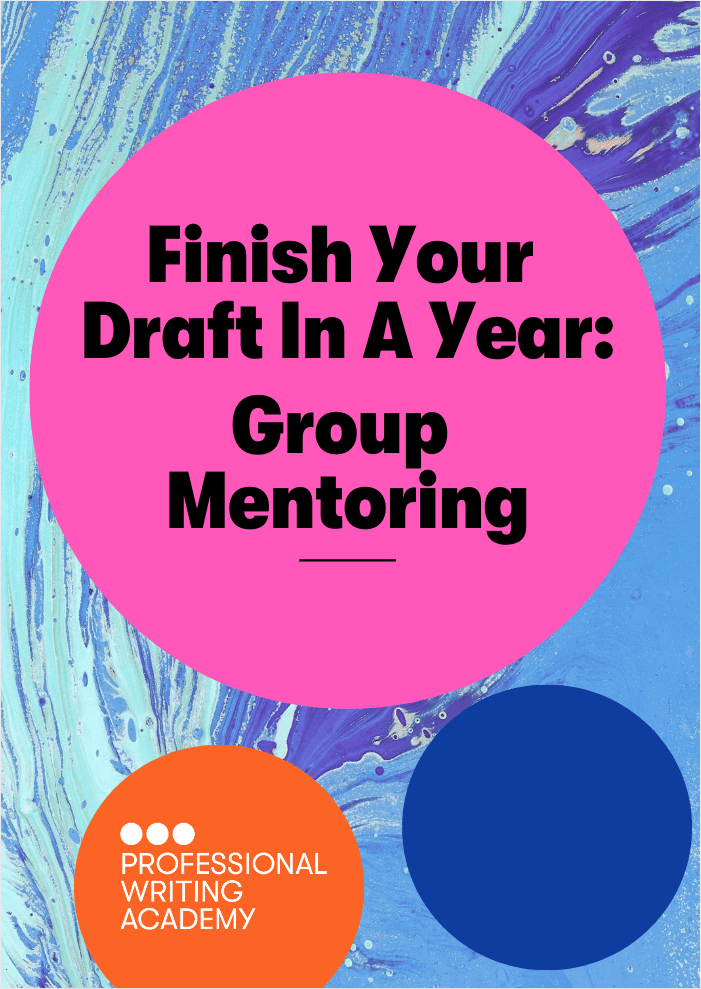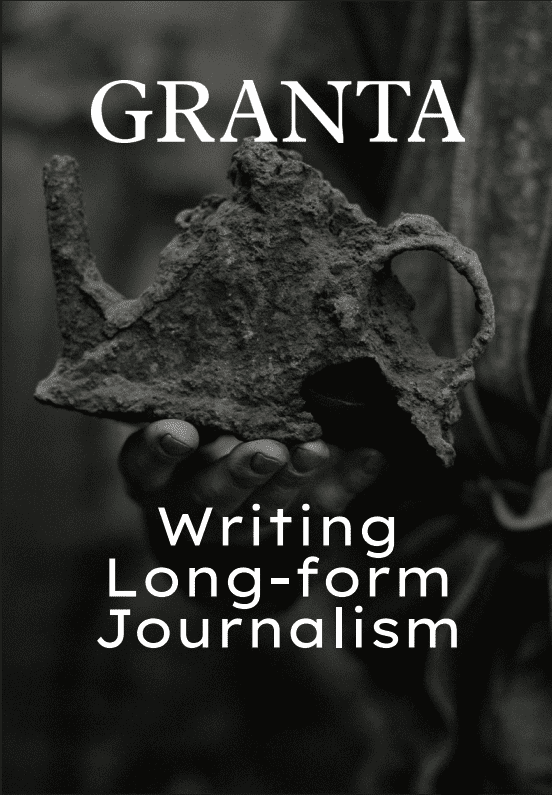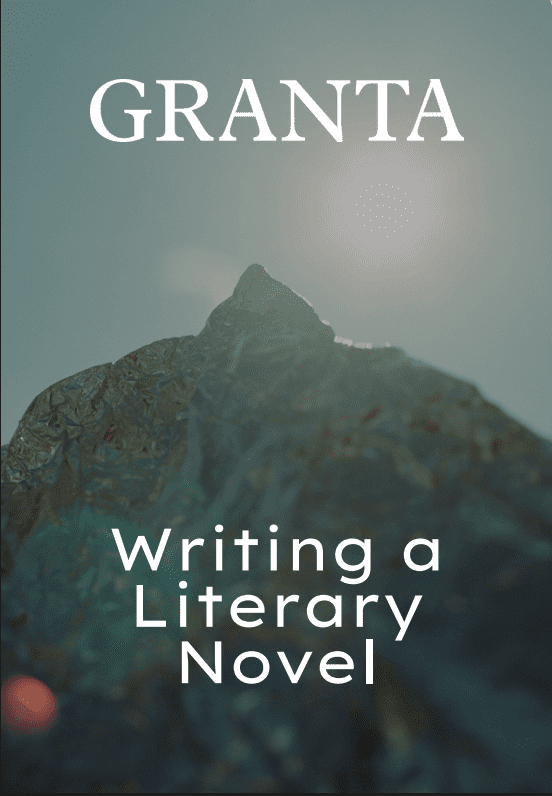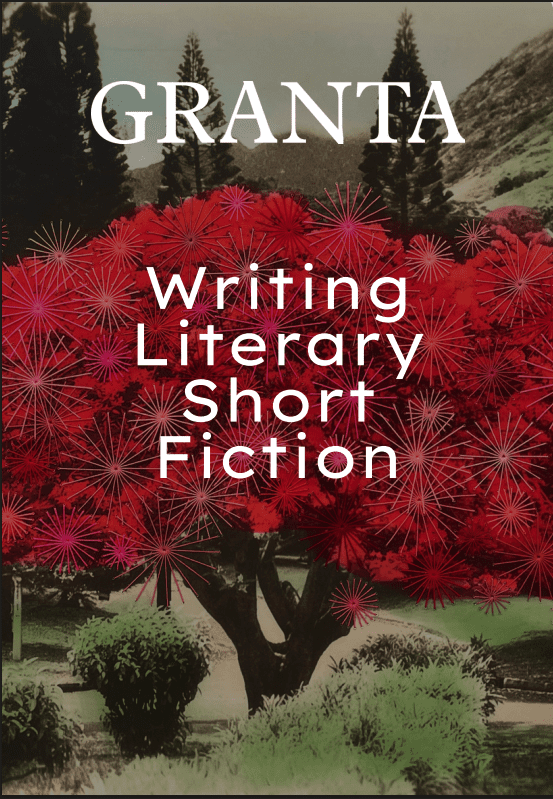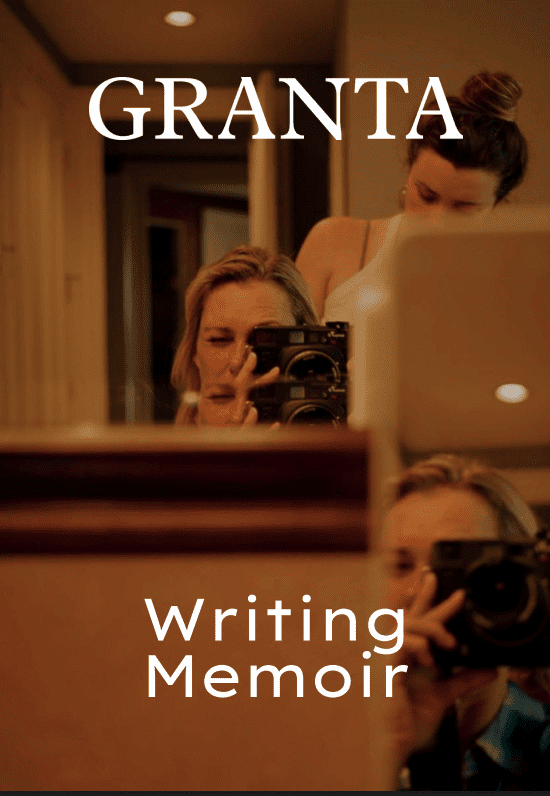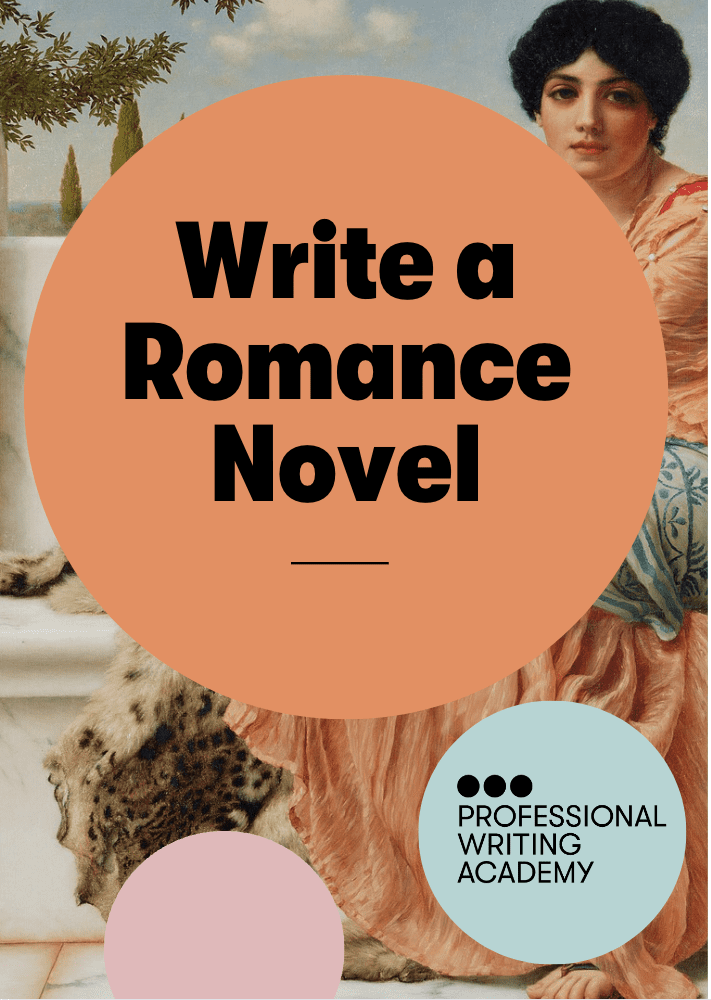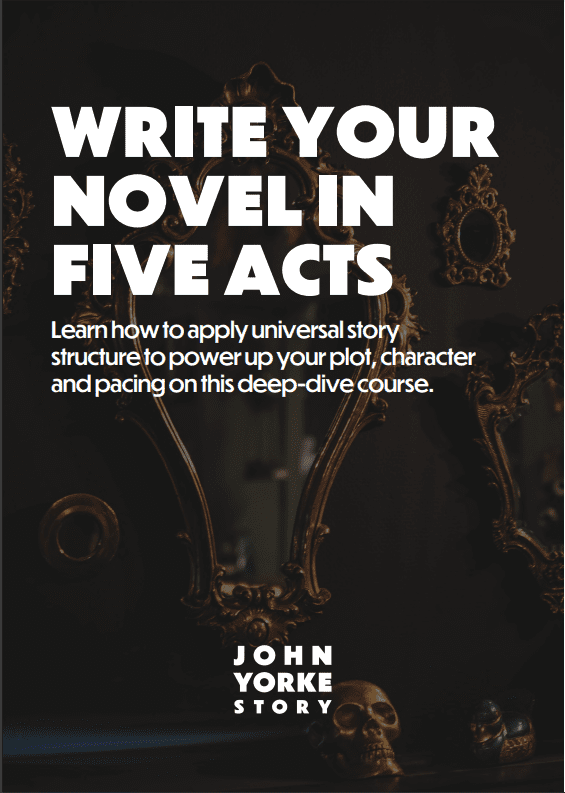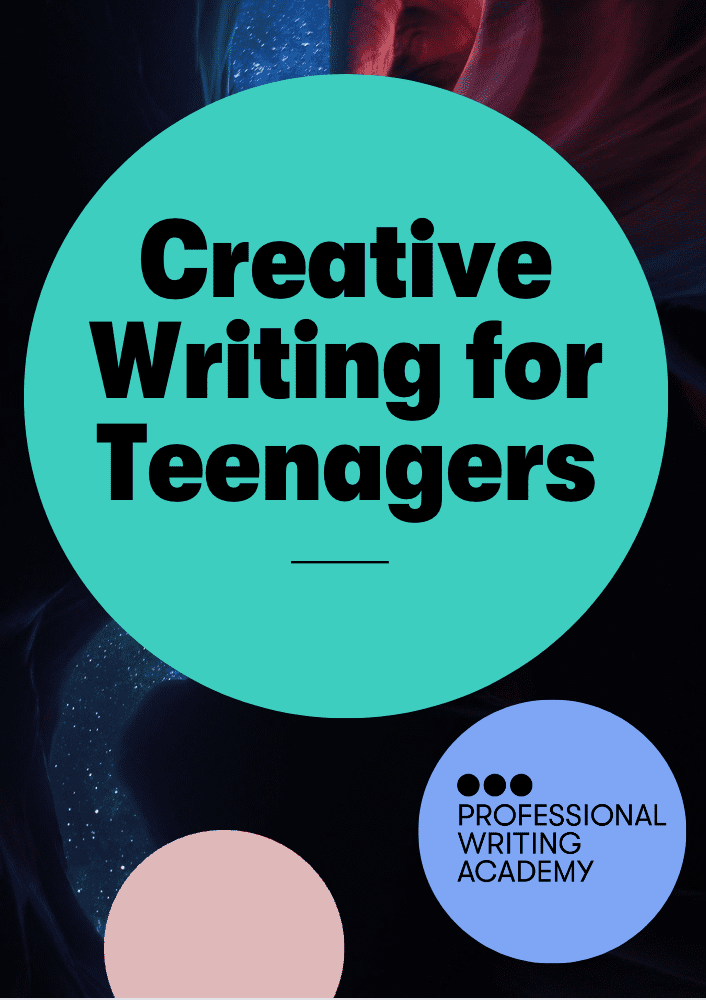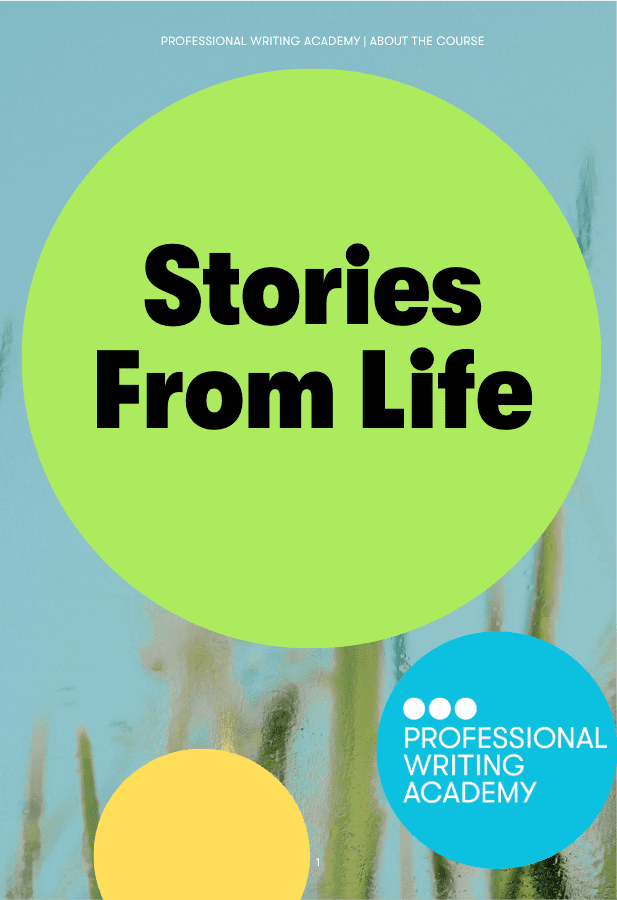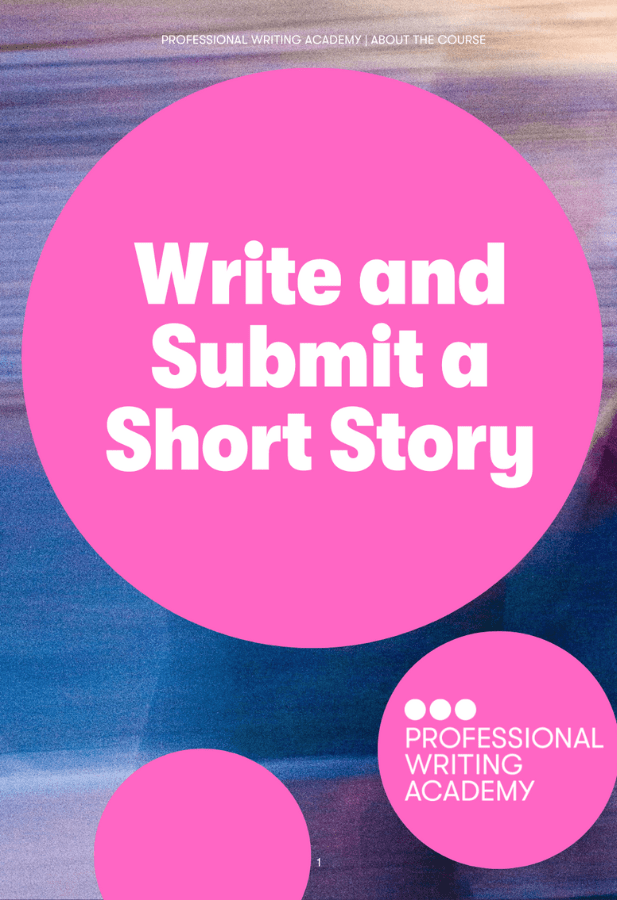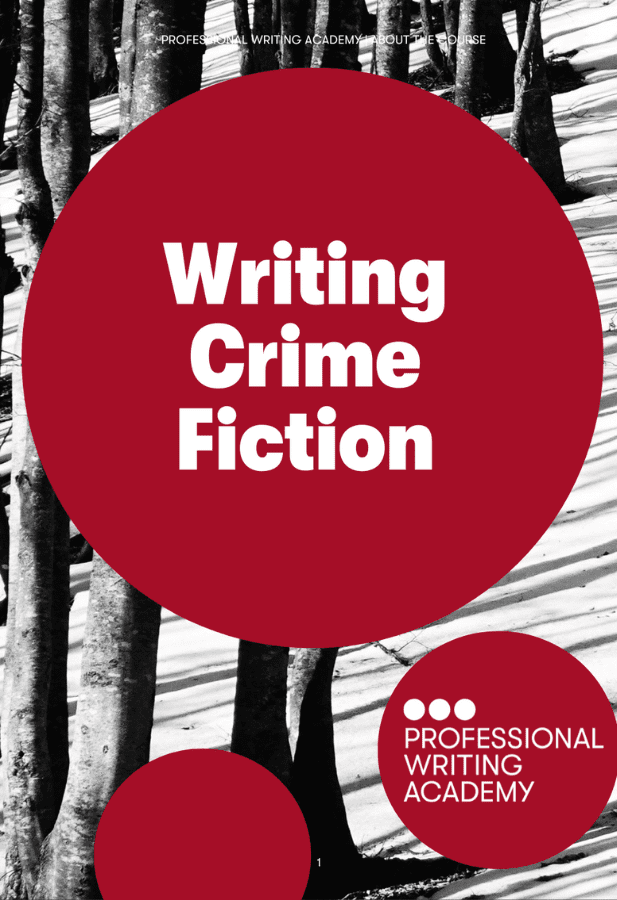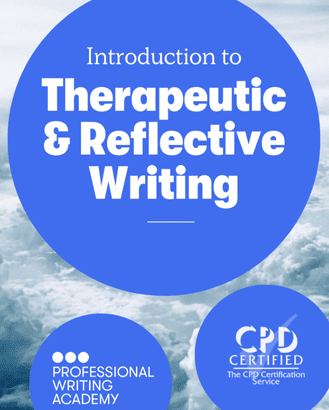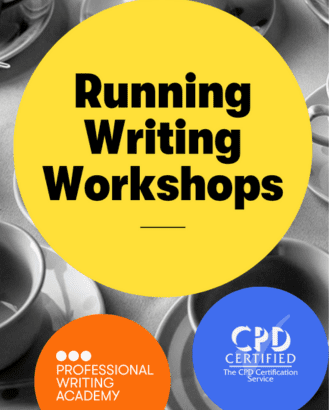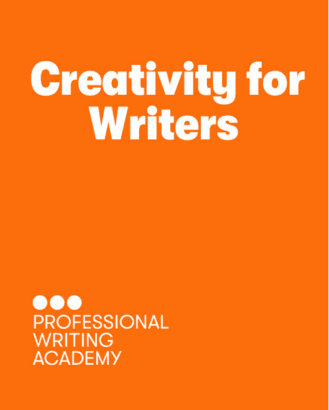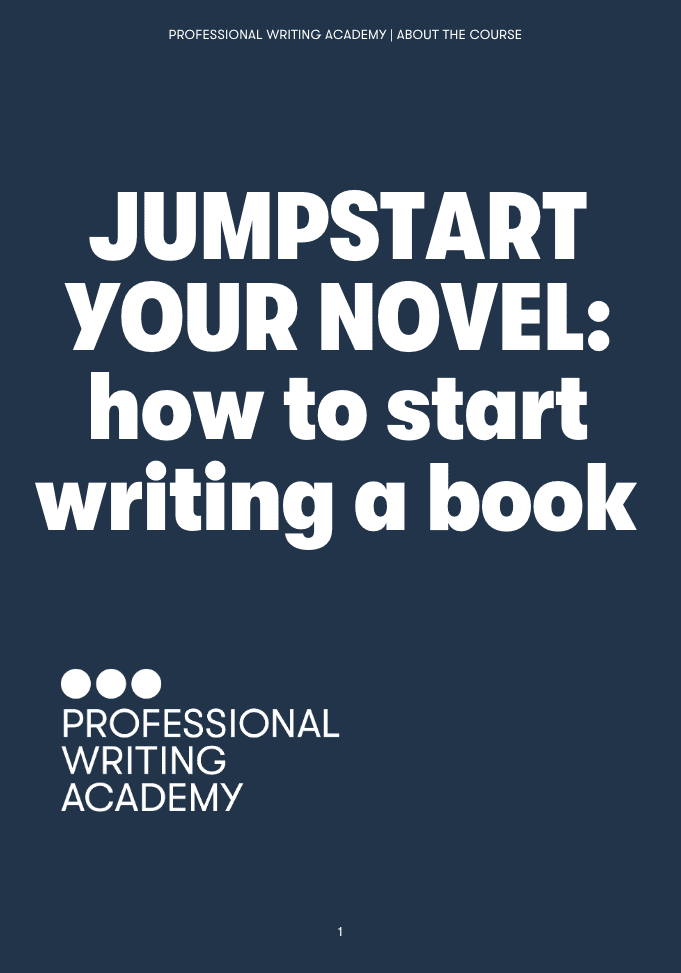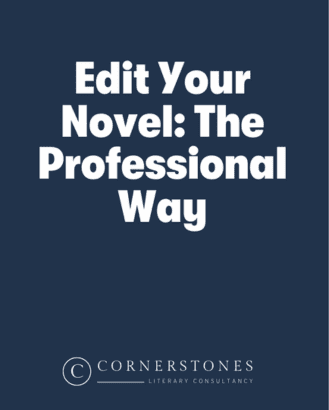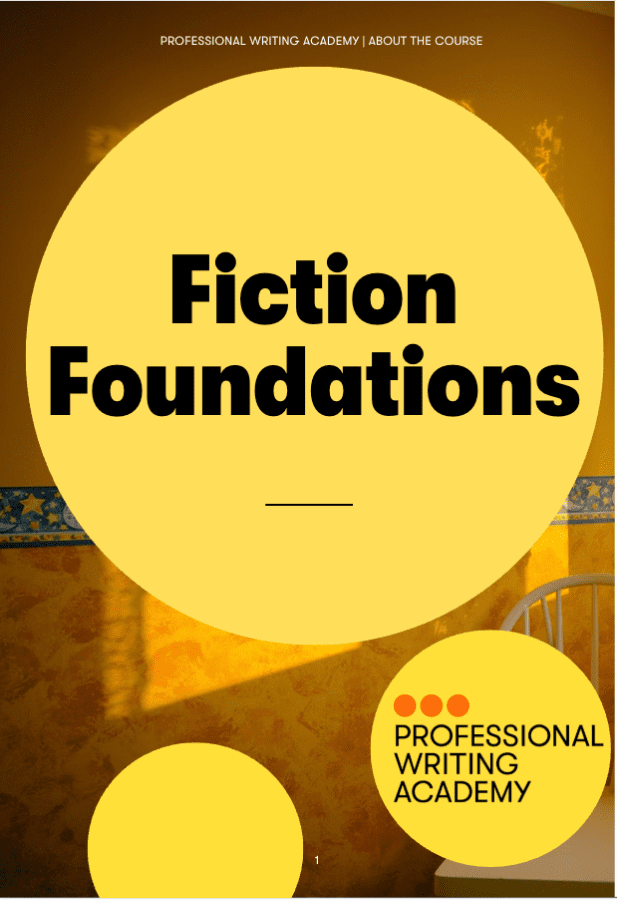Question — Tinder Press partnered with The Reading Agency in March 2015 to accept open submissions for un-agented manuscripts. Was this a success and do you think it’s something Tinder will do again?
Mary-Anne Harrington — In all honesty, we’re still reading. I think we anticipated we’d get about 500 entries and we got over 2,000, so we’ve done an initial sift and have given ourselves the rest of the summer to look at everything else in more detail.
I’m very happy that we’ve tried it, and still hopeful that we’ll find a novel or stories we can publish.
If that doesn’t end up being the case, I’m hoping there will be one or two authors we could mentor or start to build a relationship with, and that a ‘gem’ might surface a couple of years down the line.
Will we do it again next year? No, I think it’s a resource issue. But if not we will ensure we’re finding other ways of championing new writers and trying to source new writers more proactively than sitting back and waiting to see what agents send our way.
I think agents do a really important job, but publishers need to be seen to be more proactive than that.
Q — To qualify those 2,000 submissions, how many new titles do you publish a year?
MAH — We publish 8-10 new books a year. We’re small by design; each Tinder book has it’s own slot in a particular month so it can be the focus of our marketing and PR activity.
We find it really helps, particularly in terms of making a mark with debuts.
Q — Did you get a different type of book to the sort that agents send you, or broadly similar in terms of style, genre, etc?
MAH — It was more scattershot than we’d expected. We hadn’t been that explicit in terms of genre, we simply asked for writing that would likely sit well on our list. It was pretty clear to me that not everyone had put much research into that.
We got a fair amount of romance/fantasy/thriller, and that’s not what Tinder Press is really about.
But I also think it’s understandable – there are a lot of people writing, and it’s a good opportunity.
If we’d seen one that was brilliant, we’d have pinged it to one of our colleagues on the main list, so I could see why the authors thought it was worth a try.
We’re small by design; each Tinder book has it’s own slot in a particular month so it can be the focus of our marketing and PR activity. We find it really helps, particularly in terms of making a mark with debuts.
– Mary-Anne Harrington
Q — Was there a particular thread that ran throughout the open submission entries, that is not commonly found in agented manuscripts?
MAH — I wouldn’t say there was a thread. I was amazed by how diverse the submissions were.
I also felt that there were a good number of authors who could clearly write well and thoughtfully, but who hadn’t given a great deal of thought to the genre and where their book might sit.
For instance, there were a number of submissions that were somewhere between literary fiction and young adult (YA), which can work but can also be a headache as booksellers don’t know where to put the books.
But the whole experience reminded me how gloriously unpredictable writers and people are, and I loved that sense of not knowing what to expect when I opened a file, and I imagine that’s what’s going to keep us going over the summer.
Q — How would you define literary fiction?
MAH — We could debate this for hours, but for me it’s writing where the author’s style or voice is at least as significant as, or perhaps more significant than, the genre in which the book is written.
I’m very clear that genre fiction is in many cases every bit as finely crafted as literary fiction, and to write a completely page-turning genre manuscript demands huge energy and skill.
But in literary fiction I think readers are looking to encounter something unique – the author’s voice, their words on the page, have a level of prominence they don’t necessarily in genre fiction.
All of that said, I have to confess that even in literary fiction, I like to see a plot, or at least a very strong narrative arc.
It’s very interesting to look at the way quite literary lists are now publishing some out and out commercial fiction, and how a number of commercial houses – including Headline – are breaking into literary fiction.
There’s a lot of redrawing boundaries just now! Sometimes I think it’s more a question of which publishing style fits a book best, whether it would get reviews, and where it would sit in a shop.
I think there’s a lot to be said for mixing things up a bit – if a book stands out on your list, everyone you talk to will remember it.
Q — Thanks very much Mary-Anne!
Don’t forget to read the first part of this discussion.


